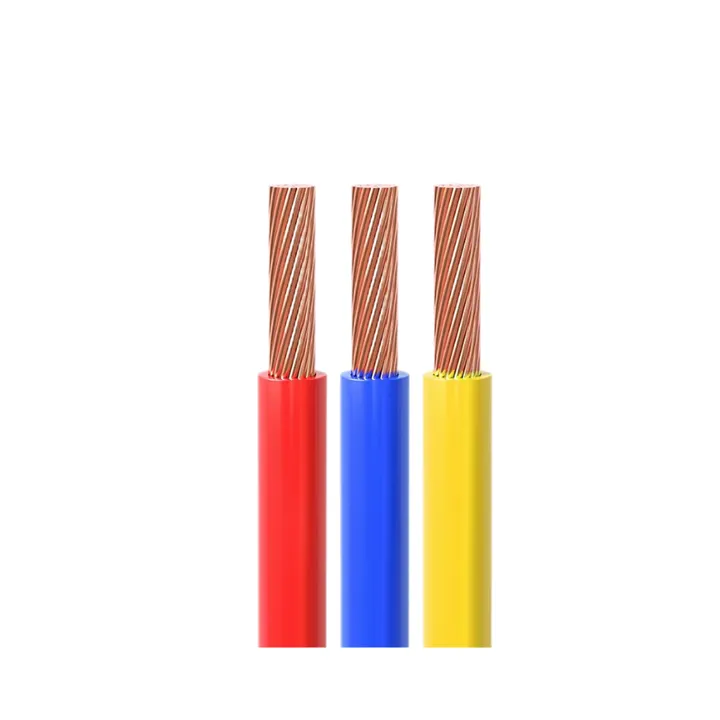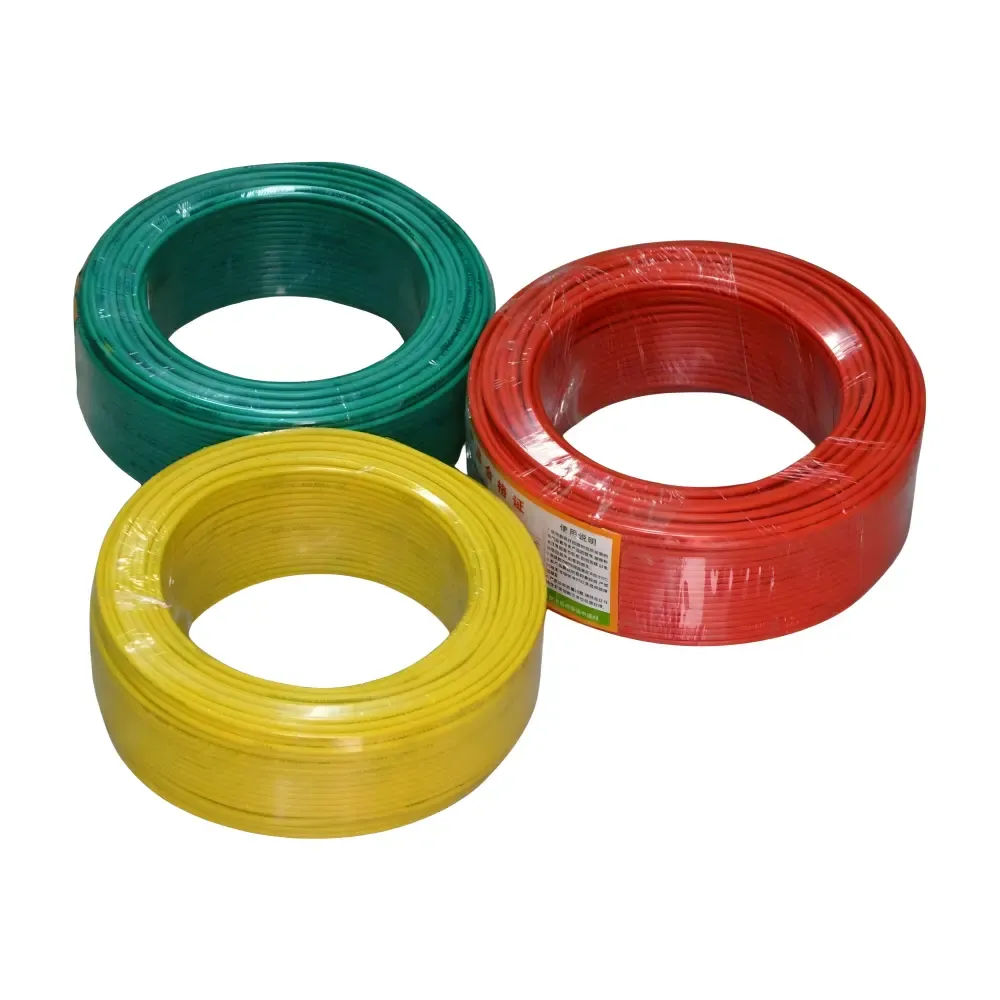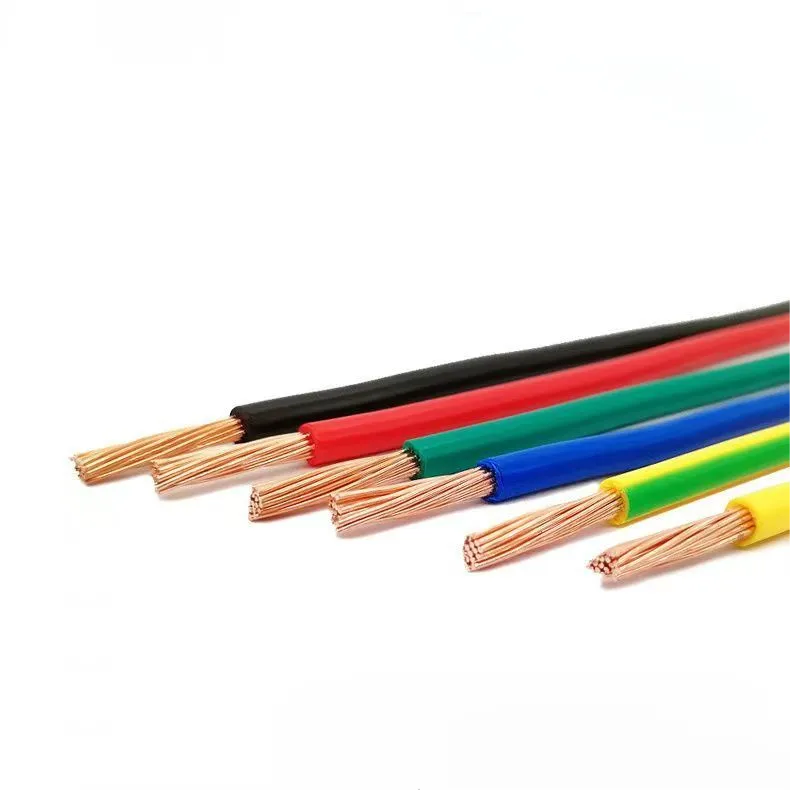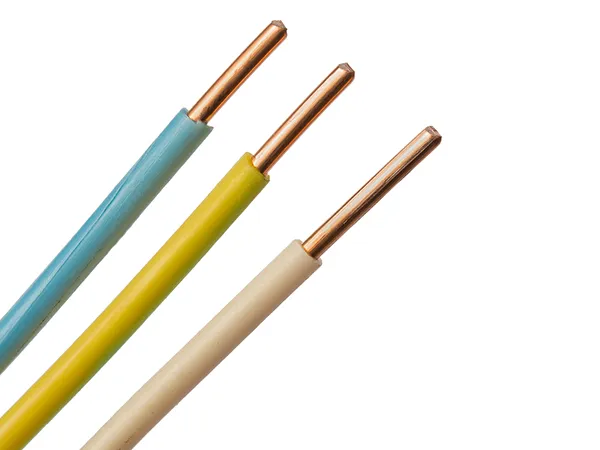Time: 2025-05-20 15:31:23 Source: Henan Province Jianyun Cable Co., Ltd.

The Association of Edison Illuminating Companies (AEIC) is a prominent organization in the electric utility industry, dedicated to fostering collaboration, innovation, and standardization among its member companies. Established to address the evolving needs of electric utilities, AEIC plays a pivotal role in developing guidelines and specifications that ensure the reliability, safety, and efficiency of power distribution and transmission systems. By facilitating the exchange of technical knowledge and best practices, AEIC supports utilities in delivering high-quality services to communities worldwide.
AEIC’s mission is to advance the electric utility industry through research, technical collaboration, and the development of industry standards. The organization operates through a committee-based structure, bringing together experts from member utilities, manufacturers, and other stakeholders. These committees focus on specific areas, such as cable engineering, power generation, and grid modernization, to address technical challenges and develop solutions that benefit the industry as a whole.
One of AEIC’s core contributions is the development of standards and specifications for power cables and utility equipment. These standards provide detailed guidelines for the design, manufacturing, testing, and installation of equipment used in electric utility systems. Key areas of focus include:
These standards are voluntary but widely adopted by utilities and manufacturers to ensure consistency, interoperability, and high performance across utility systems.
AEIC standards are applied across a wide range of utility applications, including:
AEIC’s standards offer numerous advantages to the electric utility industry:
While AEIC standards enhance industry performance, their development and implementation face certain challenges:
AEIC addresses these challenges by engaging with stakeholders to ensure standards are practical, forward-looking, and widely applicable.
AEIC’s collaborative model brings together utility leaders, engineers, and manufacturers to share knowledge and address industry challenges. Through its committees, AEIC facilitates discussions on emerging trends, such as grid resilience, cybersecurity, and sustainable energy solutions. This collaboration ensures that standards remain relevant and responsive to the evolving needs of the electric utility sector.
The organization’s work has a significant impact, enabling utilities to deliver reliable power, integrate renewable energy, and modernize infrastructure. By setting benchmarks for quality and performance, AEIC contributes to the stability and efficiency of power systems worldwide.
As the electric utility industry evolves, AEIC is poised to play a critical role in addressing emerging challenges. Future priorities include:
The Association of Edison Illuminating Companies is a cornerstone of the electric utility industry, driving progress through its development of standards and fostering collaboration among stakeholders. Its guidelines for power cables and utility equipment ensure reliability, safety, and efficiency in power delivery systems. As the industry navigates the challenges of modernization and sustainability, AEIC’s commitment to innovation and standardization will continue to shape a resilient and forward-thinking electric utility landscape.

CE Certification 450/750v H07VVF Flexible Copper PVC Insulated Ac Cable 3*2.5 Mm

low voltage copper conductor PVC insulation underground BV BVR cable for industr

PVC electric wires are one of the most widely used electrical conductors in resi

H07V-U wire is a flexible, low voltage electrical wire commonly used in industri